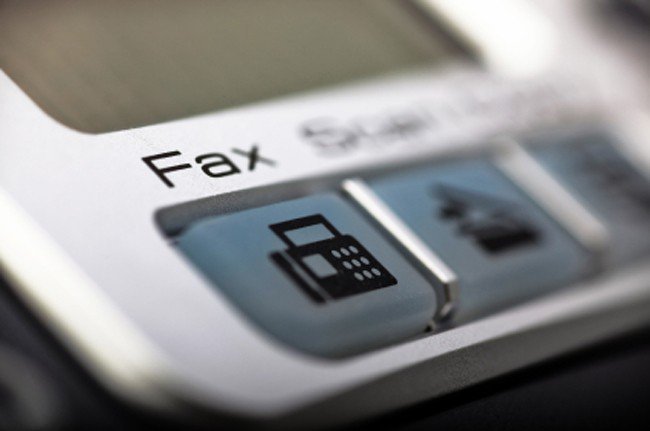 Let’s examine which available solutions allow for the transmission of faxes over IP and the best practises that reduce related problems.
Let’s examine which available solutions allow for the transmission of faxes over IP and the best practises that reduce related problems.
Fax over VoIP is a usual requirement in many deployments. Although the number of fax sessions per year is constantly decreasing, for the next ten years or so, we still need to include fax support in any Unified Communication platform.
Faxing was never meant to be used over the Internet, as it was designed specifically for transmissions over telephone lines with circuit connections and low latency.
A Unified Communication solution can integrate a software server fax. This software simulates a real fax machine, and allows you to send or receive an image file to / from a remote fax endpoint.
 Desired video codecs mainly fall between VP8 (and its evolution VP9) and H.264 and H.265. Other formats, such as H261 – H263 – H263p, can be mainly found in legacy conferencing systems and should be avoided.
Desired video codecs mainly fall between VP8 (and its evolution VP9) and H.264 and H.265. Other formats, such as H261 – H263 – H263p, can be mainly found in legacy conferencing systems and should be avoided. Wideband audio provides high-definition voice quality for telephony calls,
Wideband audio provides high-definition voice quality for telephony calls, This time we will analyze what are the main characteristics to take into consideration when choosing codecs for communication systems.
This time we will analyze what are the main characteristics to take into consideration when choosing codecs for communication systems. The SIP specification has been extended over time to support a general mechanism allowing for subscription to asynchronous events. Such events can include SIP proxy statistics changes, presence information, session changes and so on.
The SIP specification has been extended over time to support a general mechanism allowing for subscription to asynchronous events. Such events can include SIP proxy statistics changes, presence information, session changes and so on.